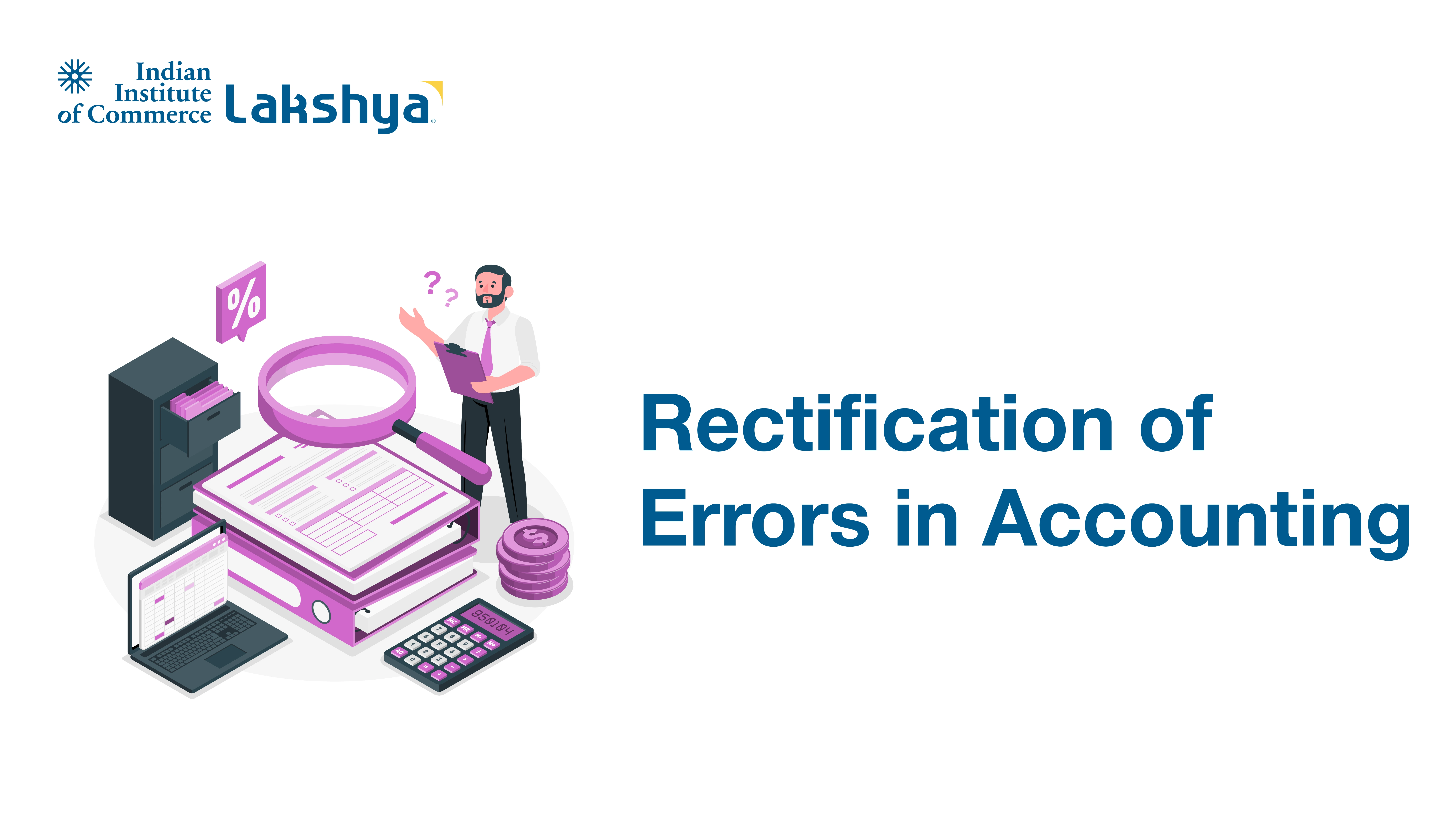Indian Companies Act, 2013
Last Updated On -17 Jun 2025

After India gained its freedom in 1947, its leaders had a great responsibility to create legislation that would support native businesses and reassure world investors that their money would be secure. For almost half a century, the Companies Act of 1956 answered that challenge; nevertheless, by the late 2000s a series of accounting frauds and the phenomenal expansion of technology-driven start-ups highlighted its shortcomings.Reform of corporate law became a political as well as an economic need. Following years of committee findings, contentious parliamentary debates and public engagements, the Companies Act, 2013 arrived—ushering in the largest corporate governance overhaul since deregulation in 1991.
What is the Indian Companies Act?
This Act is a living framework that attempts to balance three competing agendas: ease of doing business so that entrepreneurship can incorporate in days, investor protection so that fraudsters cannot syphon funds, and social responsibility so that businesses share the weight of nation-building. It is not just a rulebook. Originally the statute consisted in 470 parts and 7 schedules, but Parliament has changed it more than ten times since, cutting out unnecessary clauses, decriminalising small mistakes and embracing digitisation via the MCA-21 V3 portal. Often within 48 hours, entrepreneurs now may obtain a company name, DIN, PAN, TAN, GSTIN, or even open a bank account using a single electronic form called SPICe+, a far cry from the paper-heavy days of yesteryear.
The Companies Act supported by other key commercial laws, defines how businesses operate within the Indian Legal Boundaries.
- Indian Contract Act
- Sales of Goods Act
- Indian Partnership Act
- Negotiable Instruments Act
- Consumer Protection Act
Evolution of the Companies Act
The 2013 Act's stress on boardroom responsibility for accountability is maybe the most disruptive element of it.India legislated, for the first time, that some types of businesses designate independent directors, professionals without financial ties to the company who have to report management attempts at short cuts. The law of discharge of contract exit paths intersect. For issues ranging from mergers to insolvency, the National Company Law Tribunal (NCLT) replaced slow-moving High Courts to guarantee that corporate conflicts are resolved by judges and technical experts schooled in commercial law rather than the generalist judiciary.
The Companies Act has undergone several transformations through the years, from the Companies Act of 1956 to a more contemporary version of Companies Act, 2013. This reflects India’s commitment towards making the business environment globally competitive and compliant with the international standards.
A recent instance would be how the deadline for private companies to dematerialise their shares has now been extended to June 30, 2025. This extension in the deadline reflects the progressive encouragement towards digitisation and easing the compliance burden, which is the core objective of the Act’s evolution.
The genesis and evolution of the companies act is tabulated below:
|
Year |
Milestone |
Key Point |
|
1956 |
Companies Act, 1956 |
First comprehensive corporate law for the independent India |
|
2008 - 2012 |
JJ Irani & Parliamentary Standing Committee reports |
Recommended overhaul to align with the global standards |
|
2013 |
Companies Act, 2013 (passed 29 Aug 2013, largely enforced 1 Apr 2014) |
Introduced CSR, one person companies, and stricter governance norms |
|
2015 - 2024 |
11 Amendment Acts + over 35 sets of rules |
Continuous fine tuning |
Key Structure of the Companies Act
The Act originally consisted of the 29 chapters, 470 sections, and 7 schedules. The Amendments are rearranged in provisions, maintaining the broad architecture.
A private limited company restricts share transfers and cap membership at 200.
The Indian Companies Act is organized into chapters covering:
- Incorporation and registration of companies
- Roles and responsibilities of directors
- Audit and accounts
- Share capital and debentures
- Corporate governance and disclosures
A recent instance, companies are now required to include data on workplace harassment complaints and maternity policy compliance in their board reports, enhancing corporate transparency and social responsibility.
The key structure of the companies act is tabulated below:
|
Part |
What it Consists |
Implications |
|
I: Incorporation & Capital (Ch. II-IV) |
Types of companies, MOA/AOA, share capital rules |
Choosing the LLP vs Pvt Ltd vs OPC authorized |
|
II: Management & Meetings (Ch. VII-XI) |
Directors, KMP, board procedures, shareholders meetings |
Defines e-voting, quorum etc |
|
IV: Corporate Governance & Investor Protection |
CSR, related-party transactions, fraud reporting |
CSR spending floor: 2% of avg net profits |
|
V: Restructuring & Exit (Ch. XV-XX) |
Compromises, mergers, fast-track, |
Tribunal-based system |
|
VI: Special Entities & Misc. (Ch. XXI-XXIX) |
Procedures cos., dormant cos., |
Tailor-made rules |
CSR: Writing Conscience into Capitalism into Laws
CSR or Corporate Social Responsibility, under the Companies Act 2013 mandates that eligible companies spend a portion of their profits on societal development. CSR policies often focus on education, healthcare, rural development, and social environmental sustainability.
A recent instance is the new requirement to disclose gender-based workplace policies, CSR reporting now aligns more closely with social welfare, diversity, and inclusive employment standards, which indirectly strengthens the company’s public trust.
Without including Section 135, the famed Corporate Social Responsibility clause, no study of Indian business law is complete.From rural sanitation to cutting-edge climate tech, India became the first nation on Earth to mandate a statutory obligation wherein qualifying businesses spend at least 2% of their average net income on community development. Though the Ministry of Corporate Affairs reports that between FY 2014‑15 and FY 2023‑24 listed businesses cumulatively pumped more than ₹1 lakh crore into social projects, critics previously worried CSR would become a box‑ticking activity. Amendments in 2021 would let businesses "set off" extra CSR expenditure against future commitments, therefore encouraging front-load large, ambitious projects instead of distributing the minimum annually.
Decriminalisation and Digital Compliance
Although the Act is famously harsh on deliberate fraud, new changes acknowledge that honest mistakes shouldn't send founders into prison. Think delayed filings or small clerical mistakes, over sixty compoundable offenses, now face monetary fines instead of criminal punishment, therefore relieving entrepreneurs of the worry of detention over paperwork.
Simultaneously, the digital backbone of the Indian company law makes it more difficult to hide misbehavior:
- Directors must complete an annual DIR‑3 KYC or see their DIN deactivated; every AGM can be examined through e-voting and webcasts.
- Real-time timestamps, the MCA or the Ministry of Corporate Affairs can slap late-filing fees computed to the very day.
Recent reforms are moving away from the criminal penalties for minor offences to civil liabilities and adjudication. The primary goal is to enhance the ease of doing business and encourage genuine compliance over punishment.
A recent instance is the extension of the demat compliance deadline, which shows the MCA’s continued efforts towards business-friendly policies and supports the decriminalisation framework. This offers the companies with time and flexibility rather than penal measures.
|
Did you know? "Company law in Braille"——The Companies Act became available to visually challenged professionals and students when the Ministry of Corporate Affairs published the first-ever Braille version of a significant Indian statute in 2015. |
See More
Don’t miss out—click now to learn something new from our Commerce Concepts!
Frequently Asked Questions (FAQs)
Does a private limited business have to have an independent director?
Not sure. Only listed enterprises and big unlisted public corporations crossing specified capital or turnover criteria activate the requirement.
Can a corporation carry the surplus forward and spend more than two percent on CSR?
Right. Under the 2021 Rules, surplus CSR spend might be offset against commitments for the next three financial years.
Should a tiny firm fall short of its Annual General Meeting (AGM) deadline?
It should aggressively look for a Registrar of Companies extension. In such case, the company and its directors start to answer for rising fines running into lakhs of rupees.











































































































































































































































.webp)












































